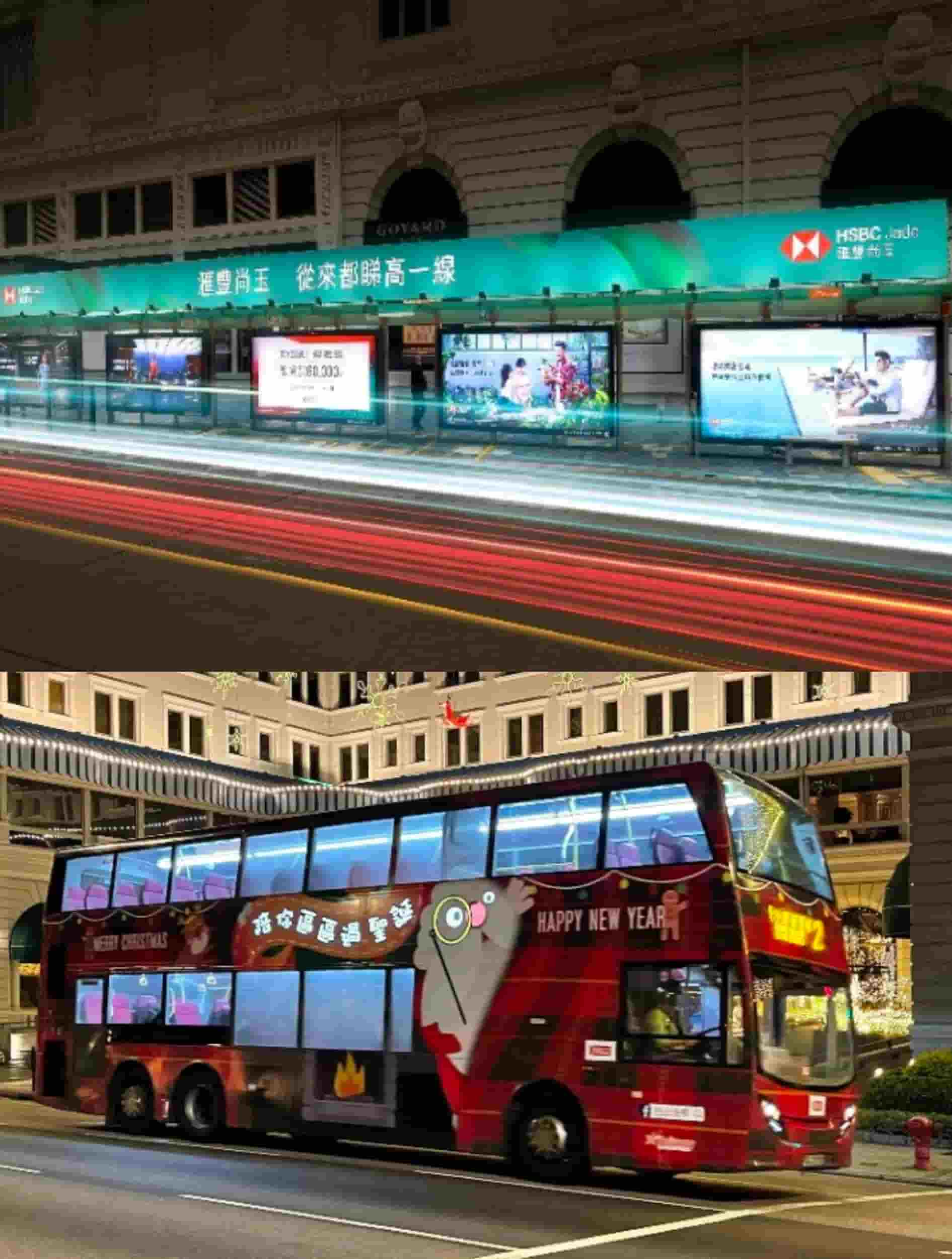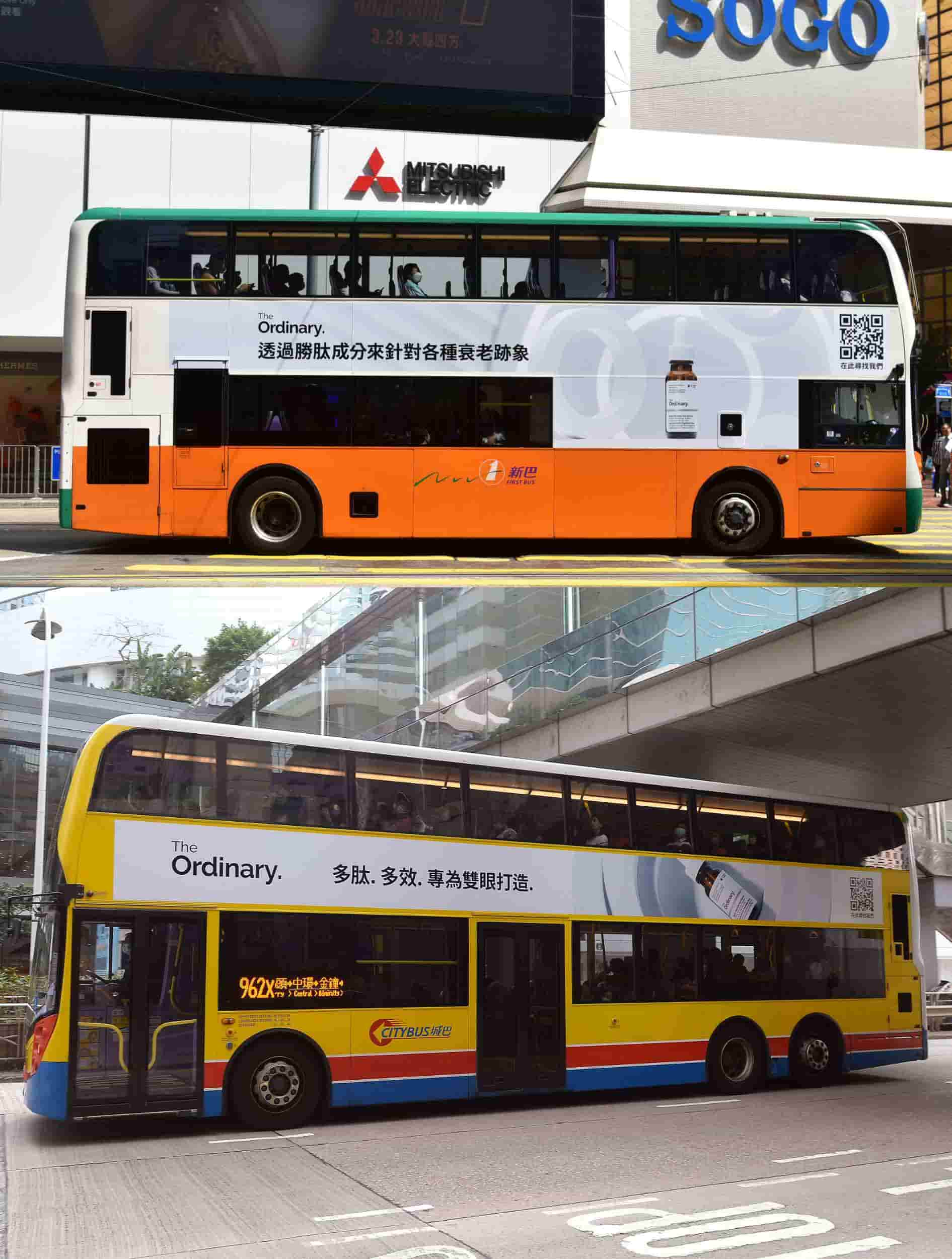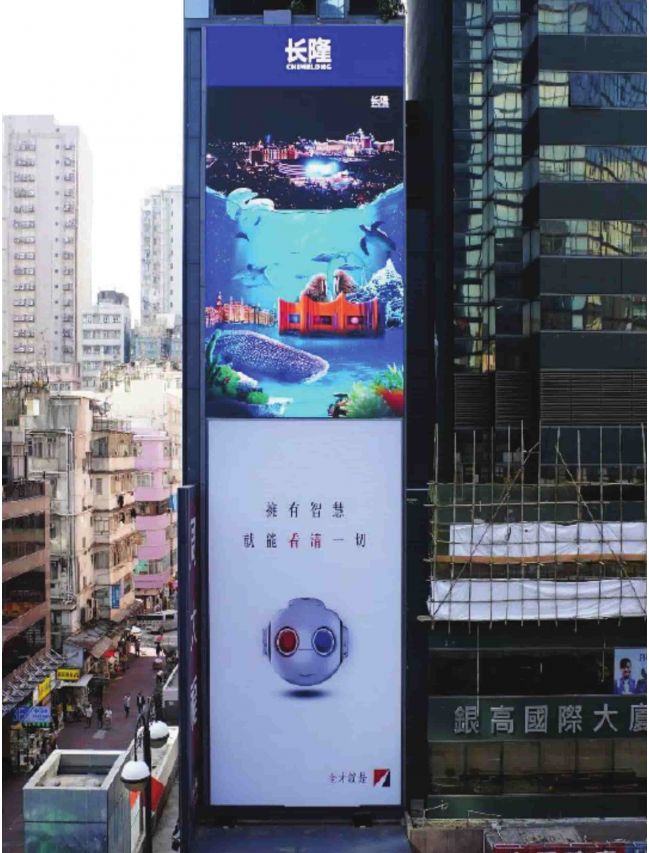Innovation First: An Advanced Guide to Marketing Strategies in Hong Kong
Want to save time?
Summarize this article in seconds with AI
To gain a deeper understanding of how to successfully implement marketing strategies in Hong Kong's advertising market, we will undertake a more comprehensive and detailed analysis, providing specific examples to illustrate the effectiveness of each strategy. This will include the application of strategies across different marketing channels, a deep understanding of consumer behaviour, and how to leverage technological innovation to drive brand growth.
Quick jump to:
- Insights into Consumer Behaviour and Personalized Marketing
- The Power of Social Media and Influencer Marketing
- Advanced Applications of Integrated Marketing Communications (IMC)
Insights into Consumer Behaviour and Personalized Marketing
With the advancement of technology, especially the application of big data and machine learning, marketing strategies are increasingly focused on accurately understanding and predicting consumer behaviour. The retail industry in Hong Kong is already using these technologies to track customer shopping habits and preferences, thereby providing a more personalized shopping experience. For instance, a fashion retailer in Hong Kong utilizes customer purchase data to analyze popular trends and individual preferences, and promotes relevant products through personalized emails and app notifications. This strategy not only enhances customer satisfaction but also significantly increases the rate of repeat purchases.

Example: Hong Kong Fashion Retailer ZALORA
ZALORA utilizes advanced data analytics tools to track customers' online behaviours, including browsing histories and purchasing patterns. These data are used to create personalized emails and app notifications, which strategically recommend new products or promotions that customers might be interested in. Additionally, ZALORA uses this data for seasonal trend analysis to more accurately predict which product types will be popular, thereby optimizing their inventory management and promotional strategies.
The Power of Social Media and Influencer Marketing
Social media plays a crucial role in contemporary marketing strategies, especially in Hong Kong, a city highly active in digital and social engagement. Brands are increasingly relying on social media to establish direct connections with consumers. By collaborating with influencers, brands can reach a broader target audience, particularly younger consumers. For instance, a beauty brand partners with several well-known beauty bloggers on YouTube and Instagram in Hong Kong. Through their tutorial videos and product reviews, the brand effectively enhances its visibility and boosts consumer purchase intent.
Example: Hong Kong Cosmetics Brand SASA
SASA employs a series of meticulously designed content marketing strategies on its social media platforms, including regularly posting makeup tutorials, beauty tips, and customer reviews. By collaborating with well-known beauty bloggers, SASA not only increases fan interaction on Instagram and Facebook but also expands its audience base through the influencers' reach. This strategy enhances the brand's social media visibility and deepens consumer trust and loyalty towards the brand.
Advanced Applications of Integrated Marketing Communications (IMC)
To ensure message consistency and maximize marketing effectiveness, Integrated Marketing Communications (IMC) strategies must encompass multiple media and channels. This involves a systematic plan where everything from the brand’s visual identity to various aspects of promotional activities is kept consistent. An example in Hong Kong involves a real estate developer launching a new residential project, simultaneously rolling out a series of thematically consistent advertising campaigns across television, radio, online advertisements, and social media. This consistency in strategy helps establish the brand image and creates strong brand recognition across various channels.

SourceMing Pao
Example: Hong Kong Telecom Company HKT
When launching its new data plans, HKT implemented a cross-platform marketing strategy. This included using consistent promotional materials and messages across television ads, online ads, social media, and physical stores. The company also organized a series of offline events, such as customer experience days, allowing customers to personally test the services while simultaneously broadcasting these events live on social media to increase exposure and engagement. This integrated approach ensured consistency in brand messaging and maximized market impact.
Leveraging Technological Innovations to Enhance Interaction and Engagement
As virtual reality (VR) and augmented reality (AR) technologies evolve, these emerging tools are increasingly being incorporated into marketing strategies. In Hong Kong, some forward-thinking retail brands have begun to use AR technology to offer virtual try-on services, where consumers can try on clothes at home using their smartphones or tablets. This technology not only provides a unique shopping experience but also significantly enhances customer interaction and satisfaction.

Example: Hong Kong Retail Giant Chow Sang Sang Jewellery
Chow Sang Sang Jewellery has leveraged AR technology to develop an interactive application that allows customers to try on jewelry in a virtual environment before making a purchase. Customers can see how they look with the jewelry through their mobile phone cameras, enhancing not only the shopping experience but also significantly increasing their purchasing intent. Additionally, this interactive method allows customers to better evaluate the products before making a buying decision, thus improving customer satisfaction and brand loyalty.
Conclusion
To stand out in the highly competitive market of Hong Kong, advertisers and businesses must continually innovate and leverage the latest technologies to optimize their marketing strategies. This includes gaining a deep understanding of consumer behavior, using data analytics to drive personalized marketing, and establishing a strong brand presence on social media and other digital platforms. By implementing these strategies, businesses can enhance their brand visibility, expand their market share, and ultimately achieve business growth.
 Cookie preferences
Cookie preferences












 Xiaohongshu Advertising Guide: How Can Hong Kong Brands Maximize Their Results?
Xiaohongshu Advertising Guide: How Can Hong Kong Brands Maximize Their Results?
 2x your advertising effectiveness: Master big data to optimize ad ROI
2x your advertising effectiveness: Master big data to optimize ad ROI
 Top 5 Best Ads in 2025 in Hong Kong
Top 5 Best Ads in 2025 in Hong Kong
 Hong Kong Outdoor Advertising Cost in 2026 | Adintime Report
Hong Kong Outdoor Advertising Cost in 2026 | Adintime Report
 Marketing Calendar 2026: Key Dates For Marketing Success
Marketing Calendar 2026: Key Dates For Marketing Success
 The Most Widely-Read Magazine and Newspaper in Hong Kong
The Most Widely-Read Magazine and Newspaper in Hong Kong
 Understanding YouTube Advertising Costs in 2025
Understanding YouTube Advertising Costs in 2025
 OOH /DOOH advertising in Hong Kong: Formats and Rates (2025 Update)
OOH /DOOH advertising in Hong Kong: Formats and Rates (2025 Update)
 How much does LinkedIn Advertising Cost? (2025 Update)
How much does LinkedIn Advertising Cost? (2025 Update)
 Press Ad Basics: Types, Formats and Ad Price
Press Ad Basics: Types, Formats and Ad Price